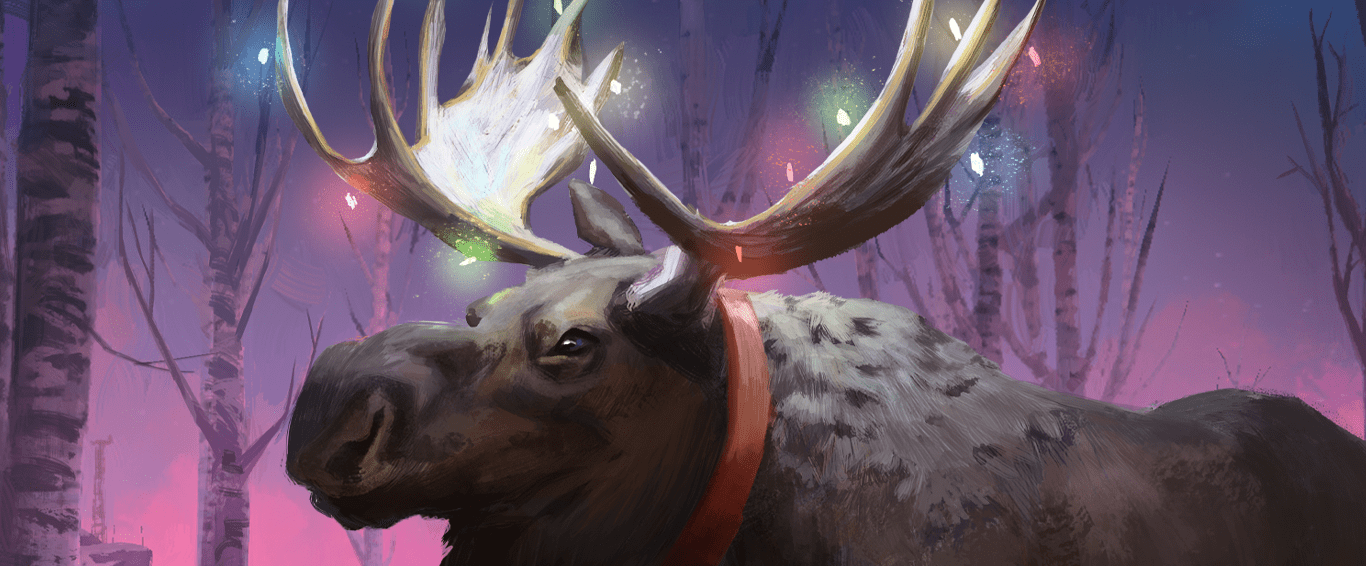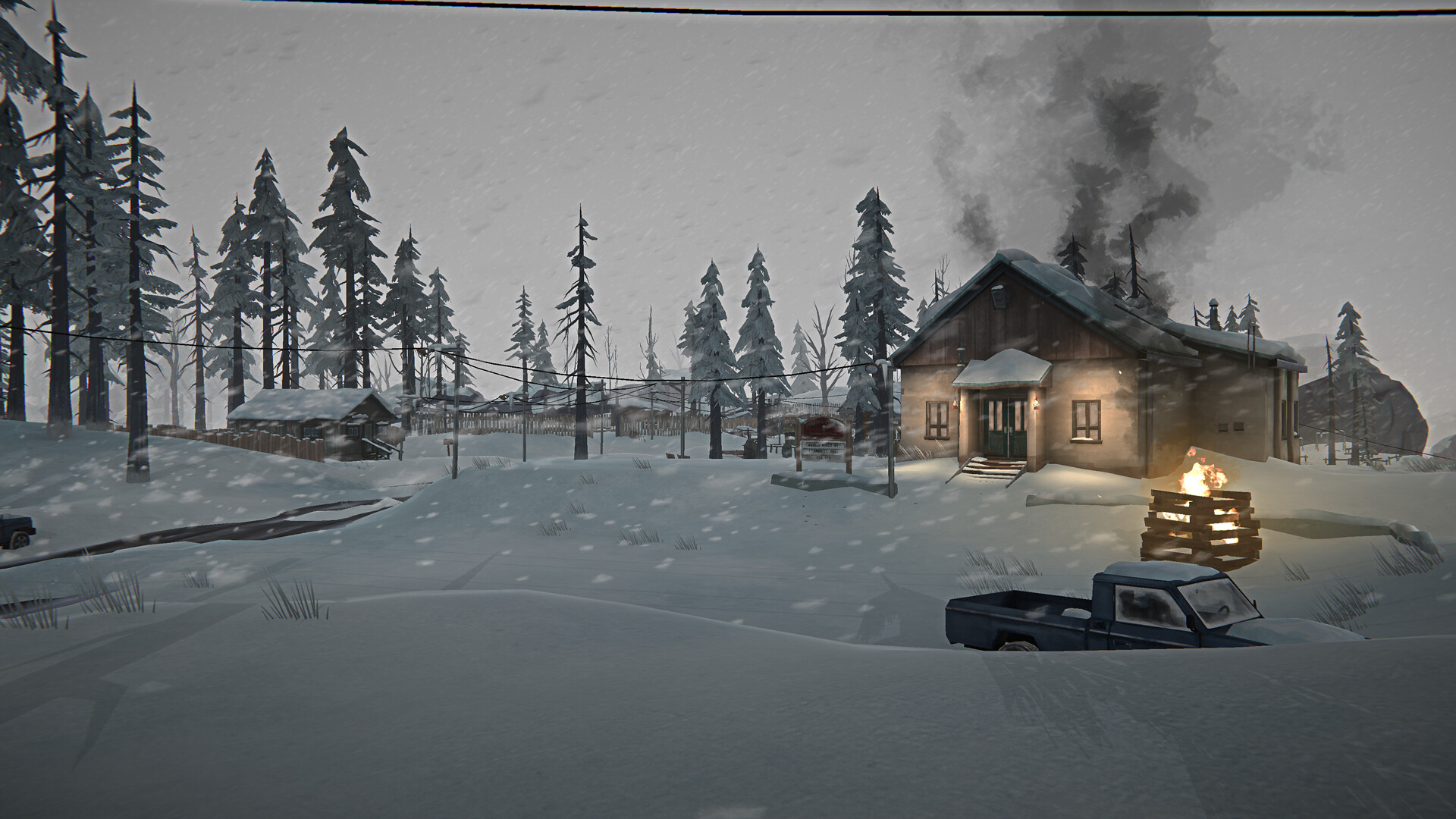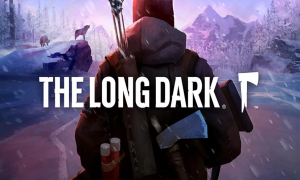
It was seldom necessary for him to throw his weight around. He was large enough to command respect from awestruck commuters and shoppers. Buzzwinkle was unperturbed by people and traffic. Undisturbed moose are notoriously phlegmatic. He specialized in foraging on ornamental shrubs and the vestiges of birch and other native trees that remain in the city's center. When I worked as an Alaska Department of Fish and Game biologist, I once watched him wait patiently for a red light to stop traffic on West Ninth Avenue before confidently stepping onto the crosswalk and ambling into the Delaney Park Strip.

He was often seen strolling slowly along urban sidewalks or crossing streets surrounded by what in Alaska passes for skyscrapers. (Erik Hill / Anchorage Daily News)Īlthough nameless before that incident, Buzzwinkle had been a well-known character in downtown Anchorage for years. After he revived, Anchorage Daily News photographer Erik Hill captured Buzzwinkle's unapologetic, nonchalant departure - party lights still firmly affixed.Ī bull moose dragging strands of Anchorage Town Square holiday lights attracts attention from passersby along 7th Avenue, Tuesday morning November 27, 2007.

Too large to fit in a taxi, we left him to sleep it off in the fenced courtyard. The most obvious sign of life was the cloud of vapor venting from his nostrils with every deep exhalation. A long strand of small white lights tangled in his antlers attested to some careless twig noshing in Town Square earlier in the day. When O'Malley and I arrived, the massive bull was standing rigid, knees locked, with his wide-set eyes fixed in an inscrutable expression. Making a spectacle of himselfīuzzwinkle's name was coined by Anchorage Daily News columnist Julia O'Malley in November 2007 after a moose downed a few too many fermented crabapple cocktails in the courtyard of Bernie's Bungalow Lounge, across the street from the Nordstrom store in downtown Anchorage. Alaska's best-known public inebriate may have been Buzzwinkle.

Alaska has fewer moose and a paucity of fruit trees, but where the two entities overlap - in Anchorage, for example - reports of drunken moose also abound. Sweden and Norway have lots of moose and loads of apple trees. The online magazine Slate called the news brief issued by Radio Sweden "the best thing on the Internet today." Recently, near Stockholm, a "mob of boozed-up moose" threatened a homeowner, daring him to step into his own garden. In most of the stories, the moose have gotten smashed eating fermented apples, the active ingredient in applejack. (Erik Hill / Anchorage Daily News)Įvery autumn in recent years our boreal neighbors in Sweden and Norway have regaled the rest of the world with tales of drunken moose. Antler conformation varies considerably, and it is not uncommon to see a bull moose, especially a younger bull moose, with antlers similar to those of an elk.A bull moose sporting Town Square holiday lights settles in at Bernie's Bungalow Lounge Tuesday Novemdowntown. Yearling bulls sport small spikes or small plates, with antlers increasing in size as the bulls mature. These antlers are shed in early winter and re-grown each year. The bell varies in size and is much larger on bulls.Īntlers - Bull moose grow flattened, palmated antlers with points around the edge, reaching up to 5 feet wide in larger and older bulls.
THE LONG DARK MOOSE SKIN
Shape - Their long head, overhanging snout, and a pendulant flap of skin of varying sizes hanging from their throat ("bell") give moose an unmistakable silhouette when observed in the wild. Their thick, dark brown coat appears black at a distance, and enables them to stay warm in the coldest winters. Their legs seem too long for their bodies. Their body hair is grizzled dark brown, appearing black at a distance, and they have white hair on the inside of their legs.

Bulls stand up to 6 feet at the shoulder.Ĭoloring - Their rumps are brown, not white or cream colored as found in deer, elk, or pronghorn. Size - Colorado’s Shiras moose ( Alces alces shirasi) are the state's largest big game animal with adults weighing 800 to 1,200 pounds.


 0 kommentar(er)
0 kommentar(er)
